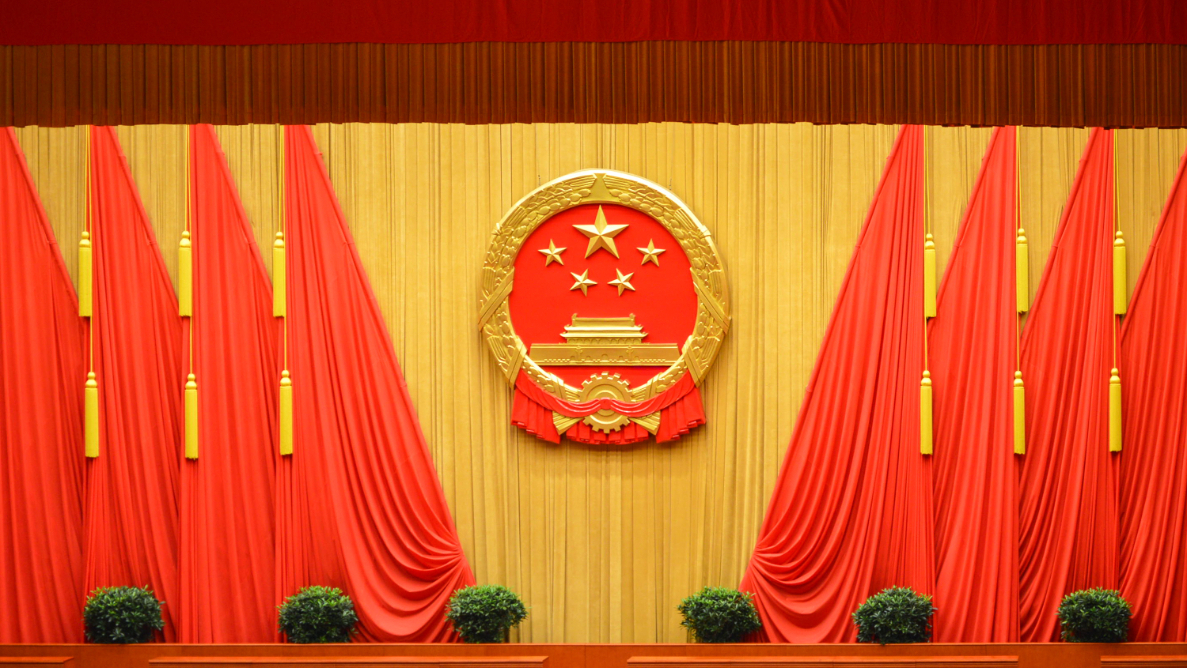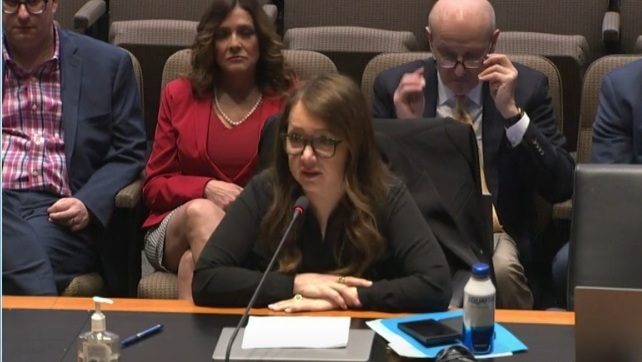
China: ‘building the new before discarding the old’
At the recent China National Congress, President Xi Jinping set out details of his plans to transition to a lower-emissions economy, but what does this mean in practice?
While headlines surrounding the Chinese Communist Party’s recent National Congress were dominated by President Xi Jinping’s tightening grip on the country, there were signs that it is continuing along a path of decarbonisation.
Setting out his priorities for the economy, the Chinese leader explained how the government would prioritise ecological protection, seek to conserve resources and use them more efficiently, and pursue green and low-carbon developments.
As part of its Beautiful China Initiative, the government will aim to reach peak carbon emissions in a “well-planned and phased way in line with the principle of building the new before discarding the old”, suggesting less carbon-intensive developments will be built before existing infrastructure is jettisoned.
Coal will also be used in a cleaner and more efficient way, while the development of new energy sources will increase at a faster rate, the Chinese president said.
Graeme Baker, portfolio manager at asset manager Ninety One, says although renewable energy is a priority, the government wants to ensure it has established a resilient power generation system before completely phasing out assets such as coal power plants.
However, the signs from the National Congress were positive, with more focus on the climate and environment than in previous years, says Baker. And while energy security was also emphasised, a clear and steady path to decarbonisation could be identified.
Coal’s contribution to the Chinese grid has already declined from 79% in 2011 to 61% in 2021, says Baker, and this is set to continue.
“We still see strong targets from the Chinese government to decarbonise the economy over time and grow the renewable energy mix,” he says. “We see no change to their credible plans for emissions to peak in 2030 and they continue to target net zero by 2060.”
We still see strong targets from the Chinese government to decarbonise the economy over time and grow the renewable energy mix.
Balancing growth with carbon commitments
Kunal Desai, portfolio manager at London-based GIB Asset Management, says investors are focusing on how Chinese companies manage the transition to a lower carbon economy. Chinese authorities, he says, will need to balance economic growth “while maintaining sufficiently robust guardrails on environmental and social issues”.
He says: “The knee-jerk reaction to any attempt to accelerate coal-fired power shutdowns – or slow expansion – is to level allegations that the West is not considering economic development and any such move would be socially indefensible.
“There are legitimate concerns, of course, but it’s difficult to determine the true intentions from both government and corporates.”
Investors are actively monitoring China’s progress in implementing its transition to a lower-carbon economy. Desai says this has got off to a positive start.
Green finance has been supported with low-cost funding for financial institutions to finance sustainable projects through the Chinese central bank, he says.
Rule changes have also played an important role in the transition. “Regulations have improved with several initiatives enacted in an attempt to raise corporate awareness of ESG and sustainable development, with key milestones to mandate environmental disclosure across all public companies,” he says.
“This has included initiatives to improve mandatory disclosure, which includes details on the generation, governance and emissions of major water and air pollutants, amount of carbon emissions and environmental-related penalties.”
Exciting opportunities
Regulation is likely to be a strong growth driver for sustainability-led investing in China – and Asia broadly – and provide a pathway to a reduction in emissions, says Desai.
Unlike Europe, where the EU has implemented regulations across its member states, Asia’s regulatory approach has been more fragmented, he says. However, there are moves towards more mandatory disclosure, which will support and accelerate climate-based improvements.
“Institutional capital will likely follow if the moves from voluntary to mandatory disclosures are enforced,” the GIB portfolio manager explains.
Although there is still a long way to go, Ninety One’s Baker says there are “exciting structural-growth opportunities linked to decarbonisation within China”.
“We continue to see the relative economics of renewable energy improve across the world as higher and more volatile hydrocarbon prices persist,” he adds.
“The opportunity for decarbonisation-levered growth combined with strong returns on capital are what attracts us to invest in listed equity decarbonisation names across emerging markets.”



